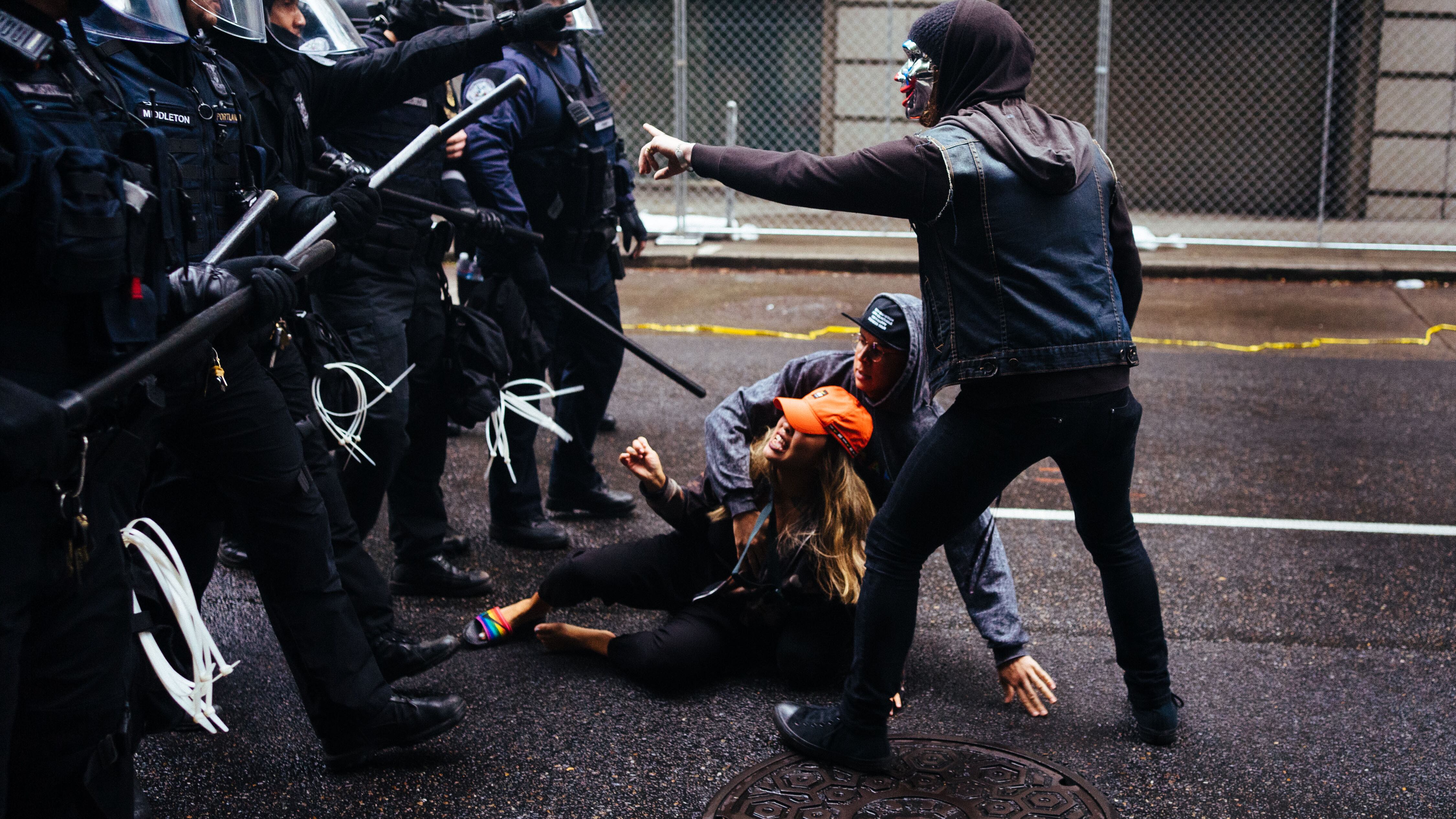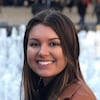A second night of protests in Portland did not grow as large or destructive as the first, in part because police forcefully broke up crowds early and often.
For much of the evening, police and protesters played a high-stakes game of cat-and-mouse along the Willamette riverfront, as police enforced a curfew intended to prevent a second night of rioting. Police used flash-bangs and tear gas to disperse a crowd of 1,000 people around 7 pm.
The protests in Portland on Saturday night did not match the scale of Friday, when rioters set fire to the Multnomah County Justice Center, set fires in the streets, and looted downtown shops.
Tonight, police deployed flash-bangs an hour before curfew started, and a crowd of 1,000 people dissipated. It grew and scattered in several confrontations with police.
The second night of Portland protests did not match in size or violence the showdowns with police seen tonight in Los Angeles, Seattle and Philadelphia, among other cities where people are protesting the police killing of George Floyd in Minneapolis.
The smaller scale in Portland's second night of demonstrations might have been because of calls for peace from city officials—including Commissioner Jo Ann Hardesty, the first black woman elected to the City Council. Or it might have been because police fired concussion grenades before any crowd got settled.

As night fell around 9 pm, a small group of protesters attempted to break into the Lloyd Center Mall in Northeast Portland.
Groups of protesters had trickled across bridges to the eastside for much of the evening. They walked east on Northeast Holladay Street and into the parking garages of Lloyd Center, where they confronted two security guards.
"C'mon, guys, you don't need to do this," one of the guards pleaded with the group. Protesters derided the guards as working for oppressors, and the guards retreated. It wasn't clear if protesters succeeded in entering the mall, but people in the remaining crowd outside said they had.
A crowd of 200 people on the street outside Lloyd Center was soon met by police. Riot police holding long weapons chased protesters at a dead run down Northeast 9th Avenue. The crowd soon dispersed.
Flash-bangs could be heard along Northeast Martin Luther King Jr. Boulevard after 10 pm, as police continued to break up small gatherings of protesters.

Freelance reporter Sergio Olmos interviewed Jordan Simacre, a man who said he missed the first night of protests but came out for the second. Olmos asked him if he felt safe.
"Being black in America, you're already born dead," he said. "Do I feel safe? No, not really. Part of that not feeling safe is why a lot of us are coming out and doing this reckless stuff, endangering our lives and protesting. What's the point? We're already not safe. We're gonna make some noise with it."

